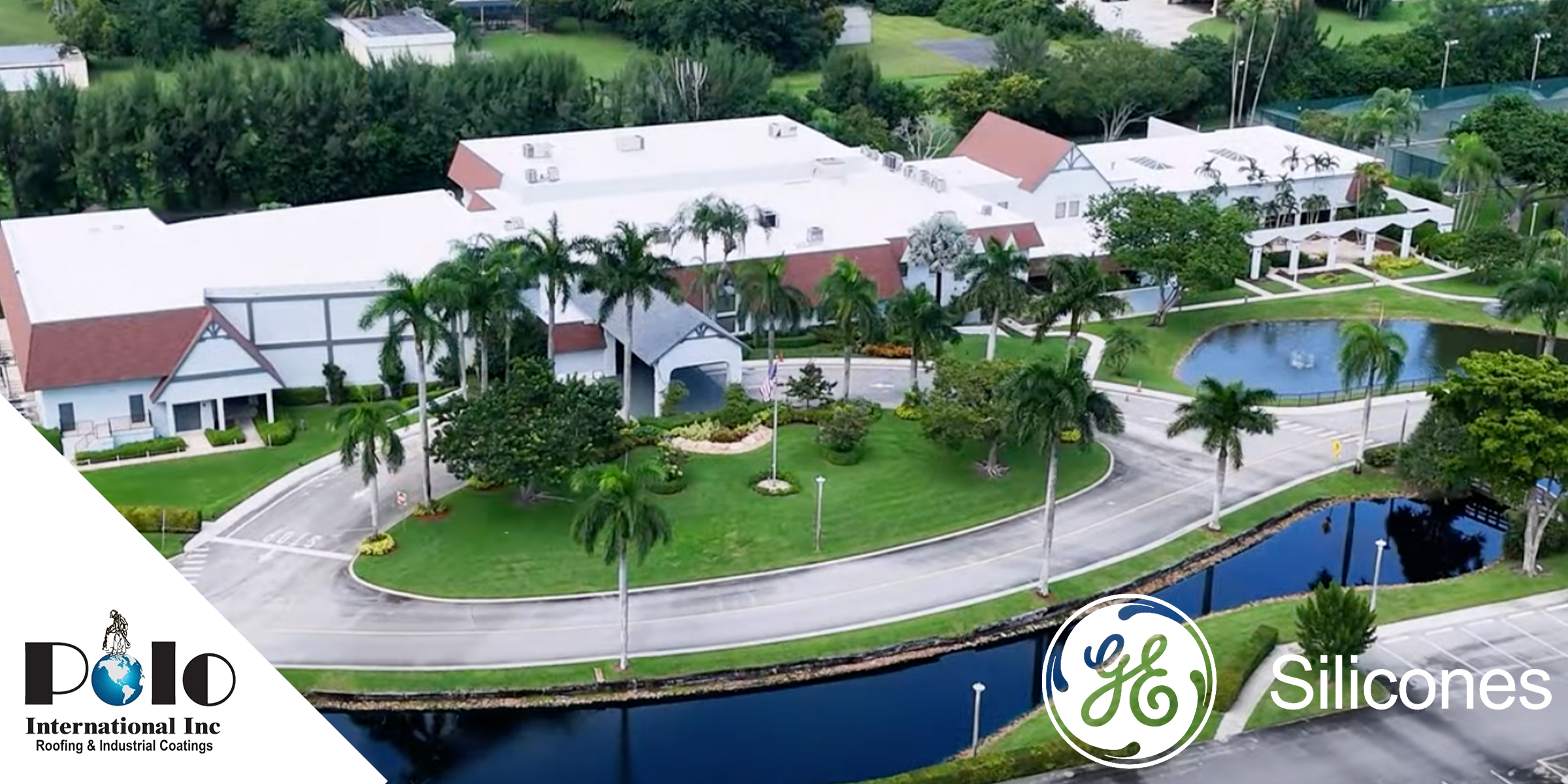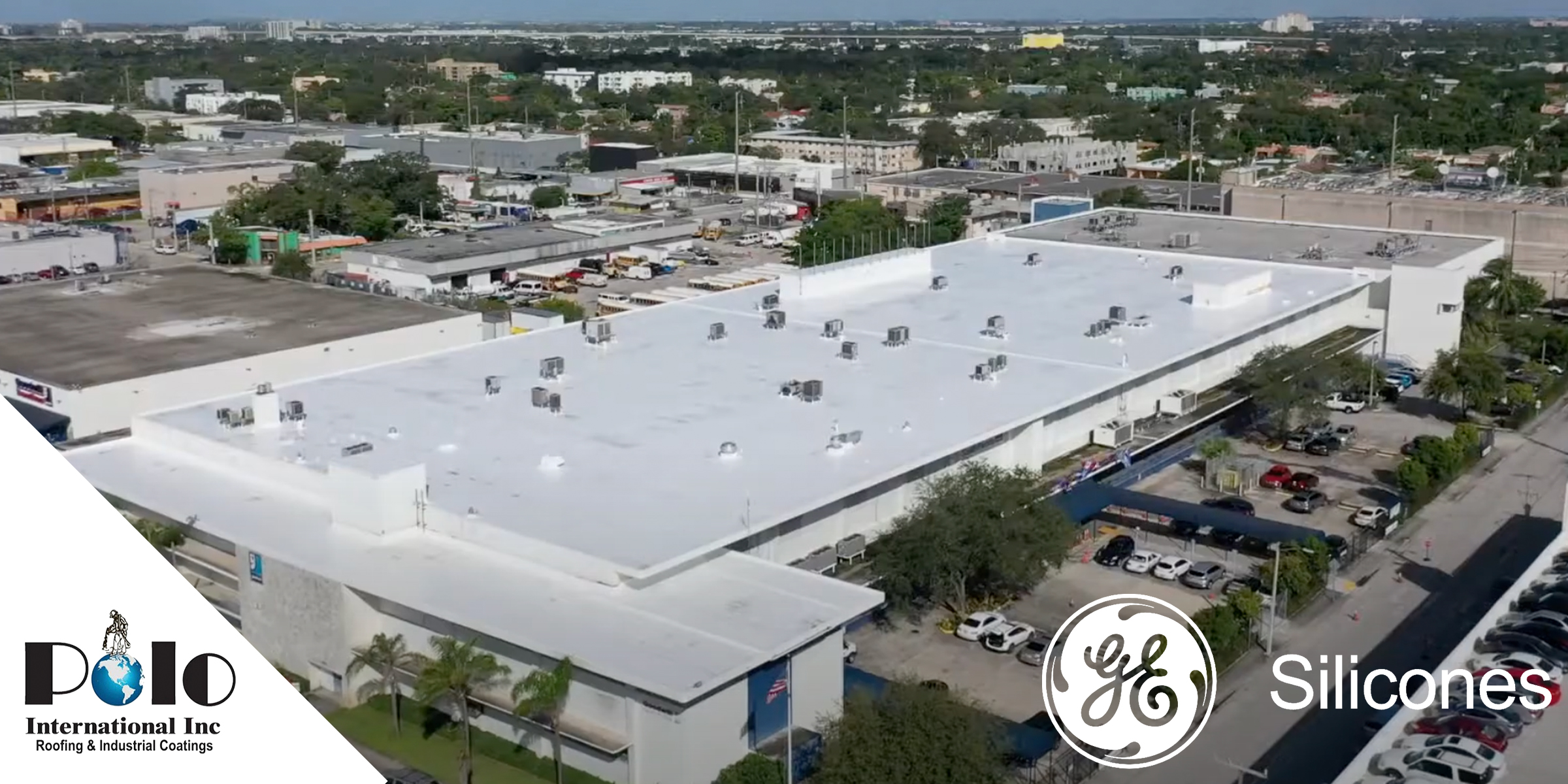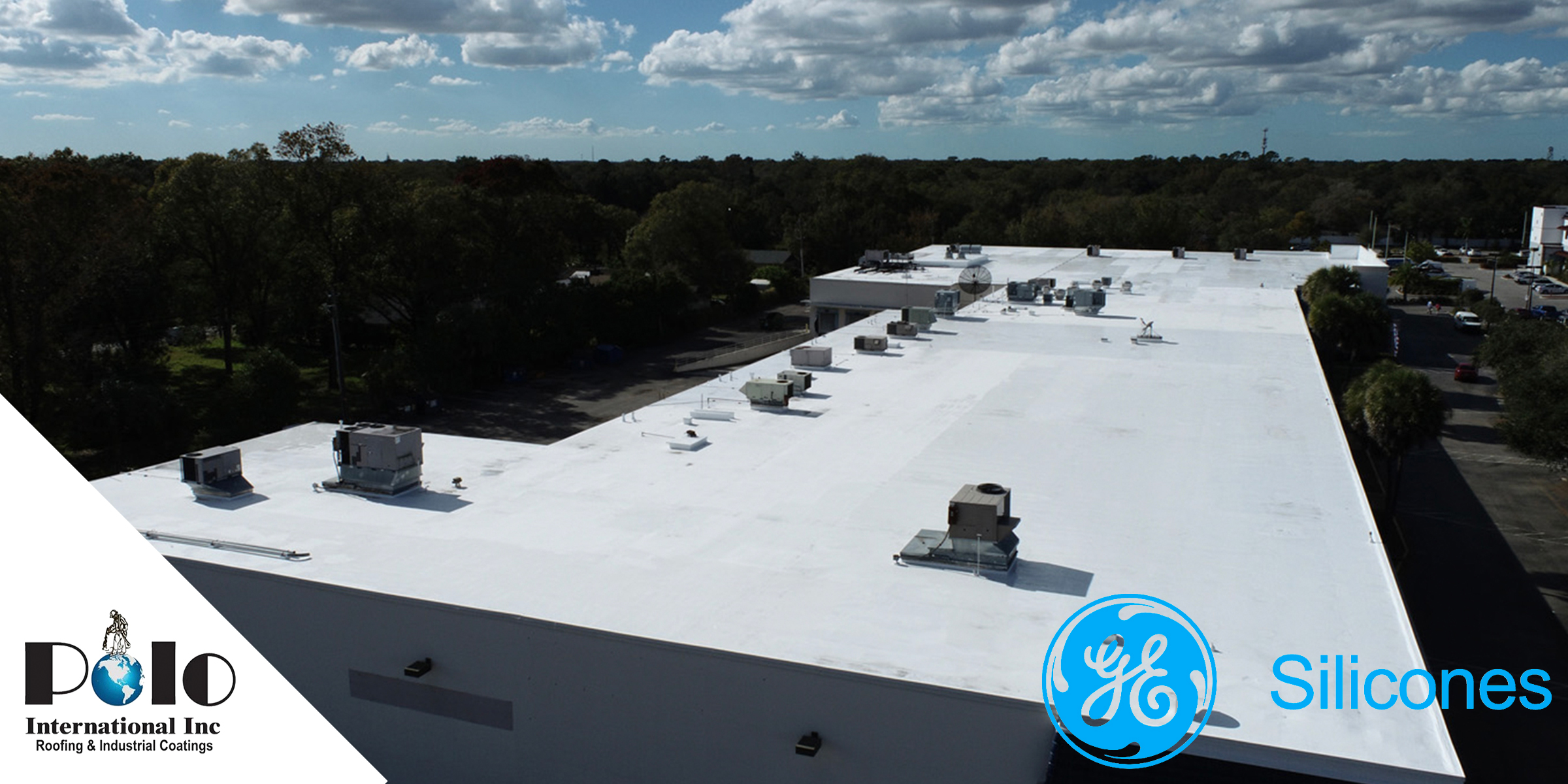
How Spring Installations Boost Spray Foam Roofing Efficiency
Could the season when you install your SPF roofing impact its efficiency and energy savings? For commercial properties, opting for spray polyurethane foam (SPF) roofing installation in the spring can significantly improve both performance and long-term value. Spring weather offers moderate temperatures and fewer weather-related interruptions—ideal for thoroughly applying SPF coatings. These optimal conditions help prevent issues like moisture entrapment and ensure strong adhesion, which are essential for maximizing the coating’s performance.
The Advantage of Spring Conditions
Spring installations enhance SPF roofing’s bond with surfaces, resulting in superior insulation and durability. With better adhesion, the SPF coating forms a more effective thermal barrier, leading to consistent energy cost savings by maintaining improved indoor temperature control and reducing HVAC usage. Without the extreme weather delays often experienced in summer or winter, projects in the spring can proceed smoothly, making the installation process more efficient.
Choosing spring for SPF application not only boosts energy efficiency but also extends the roof’s lifespan. This proactive approach allows companies to shift their focus from reactive maintenance to achieving their operational goals. By strategically timing installations during the spring, commercial building managers can enhance their SPF roofing investment, ensuring both immediate cost savings and long-term performance improvements.
Enhancing Efficiency Through Optimal Application
In the context of spray polyurethane foam roofing, optimal efficiency is crucial for maximizing return on investment and ensuring long-lasting durability. SPF roofing has gained popularity due to its seamless application and excellent thermal resistance. However, the timing of the installation—especially in spring—plays a significant role in its overall efficiency and effectiveness.
Moderately warm spring temperatures create an ideal environment for the chemical processes involved in SPF application. During the curing phase, the liquid foam expands and solidifies, and this process relies heavily on favorable temperature and humidity. Spring’s consistent conditions support a thorough cure, ensuring that the foam sets uniformly across the entire roofing surface.
Additionally, the reduction in humidity during the spring minimizes moisture interference with foam adhesion and expansion. In contrast, high humidity or rain during application may lead to inferior results such as reduced foam density or adhesion failures. Scheduling installations in spring minimizes these risks and enhances the overall efficiency of the roofing system.
Reduced Preparation Time and Cost Efficiency
Spring’s naturally conducive conditions also reduce the time and expense needed for substrate preparation. In colder months, additional steps such as heating the substrate or using special equipment may be required to achieve the appropriate temperature, which can extend project timelines and increase labor costs. With spring’s moderate weather, preparation is simpler and more cost-effective, contributing to overall project efficiency.
Furthermore, spring installations allow property managers and building owners to quickly realize energy savings from SPF roofing. By enhancing the roof’s thermal resistance and minimizing thermal leakage, SPF helps prepare the building for summer heat. The reflective properties of SPF reduce the transfer of solar energy, leading to immediate cooling cost savings—a benefit highlighted by resources such as the Energy Star Roofing Guidelines.
Inspection, Maintenance, and Long-Term Benefits
Another benefit of spring installations is the opportunity for timely inspection and maintenance post-application. Addressing minor issues early—when weather conditions are moderate—prevents them from escalating during the summer. Regular inspections during spring are less labor-intensive and more effective, ensuring that the roofing system maintains its peak performance throughout the year.
Spring SPF roofing installations also offer additional possibilities for roof damage assessment services. Comprehensive evaluations can pinpoint existing damage that may impact efficiency. These assessments are crucial for planning installations and determining if any repairs are needed beforehand, ensuring that the new application starts on a strong, well-prepared base. Polo14 relies on products from brands such as Henry Co to deliver excellent and dependable service.
Aligning with Broader Roofing Strategies
By installing SPF roofing in the spring, commercial properties can enjoy not only enhanced efficiency but also extended longevity of the roofing system. This proactive timing aligns with broader roof management strategies that prioritize sustainability and cost control. When integrated with routine maintenance schedules, spring installations help protect against seasonal price increases and unexpected repairs.
For more details on commercial roofing solutions and maintenance strategies, visit our Commercial Roofing Services page. Additionally, insights from the National Roofing Contractors Association and ASTM Roofing Standards provide industry benchmarks for quality and performance in roofing installations.
Final Notes
Timing your SPF roofing installation in the spring optimizes application conditions, resulting in better curing, adhesion, and immediate energy savings before the summer heat sets in. Strategically planning installations during this season not only delivers superior insulation and durability but also ensures a strong return on investment by minimizing operational costs.
Investing in a spring SPF roofing installation is a strategic decision for commercial property managers looking to enhance energy efficiency, extend the lifespan of their roofs, and reduce maintenance costs. By leveraging favorable spring conditions, you can ensure that your roofing system performs at its best, providing both short-term benefits and long-term value.
Contact a commercial roofing expert today to discuss how a spring SPF roofing installation can maximize your building’s efficiency and energy savings. Learn more and schedule a consultation with Polo 14.




